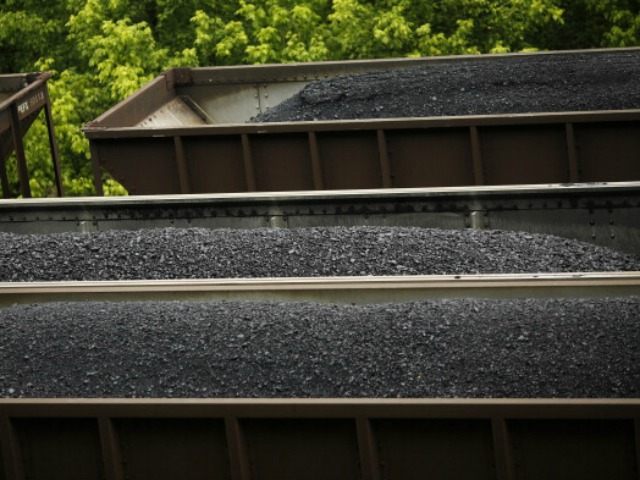Hillary Clinton recently vowed to “put a lot of coal miners and coal companies out of business.” It wasn’t a nice thing to say, considering the many thousands of hard-working men and women whose livelihoods are tied to the U.S. mining sector.
Clinton’s comments weren’t a complete surprise, however, given the open hostility exhibited by the environmental Left to America’s extractive industries. Fossil fuels have simply become public enemy number one for climate alarmists, and obviously Clinton and her compatriots hope to combat a perceived “crisis.”
But what would happen if Clinton got her wish? How would the United States fare if, moving forward, the country simply designated its remaining coal reserves as off-limits to mining?
Clinton and others believe that wind turbines and solar panels can readily step up to the task of replacing coal-fired power generation (which currently supplies 39 percent of the nation’s electricity needs.) But this overlooks a glaring problem, and one that several decades of heavily subsidized R&D have failed to surmount: Wind and solar power are intermittent forms of energy, and they simply do not scale up to the robust power requirements of America’s highly developed industrial landscape.
“Renewable” energy currently supplies less than 5 percent of the nation’s needs. A chief drawback is that the wind doesn’t always blow, and the sun doesn’t always shine. And so, renewable power still necessitates conventional back-up generation from gas or coal systems. Renewables also struggle to generate the consistent power demanded by a modern, urban city (for streetlights, schools, hospitals, elevators, air conditioning, etc.) Only gas, coal, and nuclear can reliably undertake such a heavy lift on a continuing basis.
But let’s suppose that the U.S. coal industry were to be shut down, as Hillary Clinton hopes. What would that mean in practical terms?
First, energy costs would rise significantly, since renewables are hardly cost-effective.
Second, and more troubling—the U.S. would need to start importing the steel currently used to manufacture cars, military equipment, and whole host of other industrial products.
Why this sudden importation of steel? Because without sturdy electrical generation, it’s simply not possible to liquefy metal or power heavy-duty furnaces and machinery. And even more significant, it’s impossible to make steel without coal. That’s because steelmaking starts with metallurgical coal, which is used to make coke. Combining coke with iron ore yields steel.
Let’s be clear about this: The domestic steel industry is already struggling to stay competitive against subsidized imports. America’s steel producers simply can’t bear the twin, added expenses of higher energy costs and imported metallurgical coal.
All of this points to what Clinton has obviously overlooked—namely, the intersection of coal, steel, and manufacturing. Take one out, you lose the other two.
Yes, it would be grand if renewables were the cure-all for future power generation and industrial security. But they’re not.
Conversely, coal-fired power generation has proven for decades to be reliable and affordable. And the kind of research applied to renewable energy has also yielded quantum leaps forward in modern, clean coal technology.
Hillary Clinton can have her green dreams. But they are the roots of a nightmare for the U.S. economy. America urgently needs to restore its manufacturing base and create new middle-class jobs. For the sake of future generations, let’s hope Ms. Clinton doesn’t succeed in burying coal, steel, and manufacturing in one fell swoop.

COMMENTS
Please let us know if you're having issues with commenting.